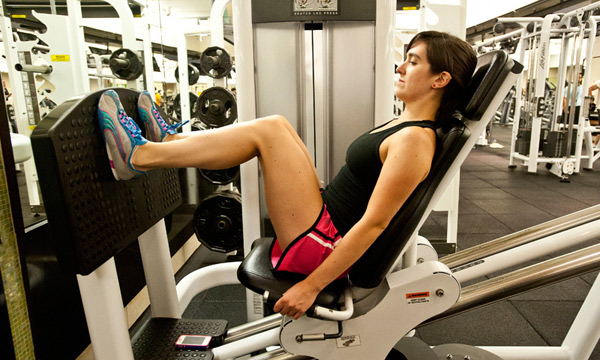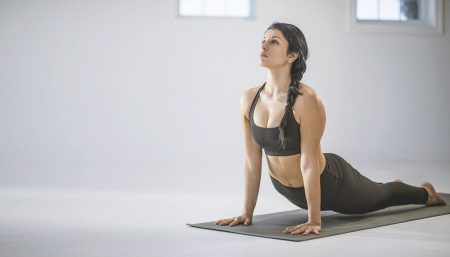
Chiseled calf muscles look sexy on a female. When you wear shorts or short tight lowers it makes heads turn. Women Fitness brings to its readers a complete resource for women to have perfect sculpted calf muscles.
The calf is composed of two major muscles: the gastrocnemius, a large muscle located near the top of the calf, and the soleus, a smaller muscle on the inside of the calf. Most women want these muscles to be toned so they can have shapely, attractive calves. Fortunately, there are some effective calf exercises that can help tone your calves. It is important to do these exercises safely. Always warm up thoroughly first by walking or jogging slowly for at least 10 minutes, use proper form, and stay focused on what you are doing at all times. It’s also best to do only one of these exercises each day to avoid soreness and injury.
Many women focus on typical “problem areas” such as the belly, butt, and thighs while neglecting the lower leg. It’s a mistake to neglect the calves, as they play a large role in posture and joint health, not to mention that a well-formed pair of calves is sure to turn heads during shorts weather.
You don’t need to spend a ton of time on your calves to make them look and feel great. Many fitness activities you may already be doing can work the calves with no extra effort, however, a few simple calf exercises and calf stretches that are super easy to add to your current routine can truly optimize your calf area.
Basic Calf Anatomy
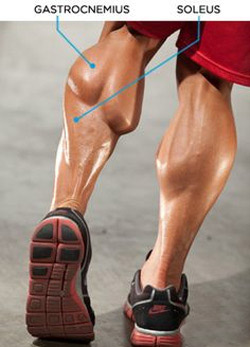 Calf Muscle Anatomy: Two muscles comprise the calf: gastrocnemius and soleus. These two muscles work together to plantarflex the ankle, which is the action of pointing your toes downward. Gastrocnemius also helps other muscles to flex the knee, bringing the calf toward the back of the thigh.
Calf Muscle Anatomy: Two muscles comprise the calf: gastrocnemius and soleus. These two muscles work together to plantarflex the ankle, which is the action of pointing your toes downward. Gastrocnemius also helps other muscles to flex the knee, bringing the calf toward the back of the thigh.
Gastrocnemius: The Larger Outer Calf Muscle
Gastrocnemius is the larger and fleshier muscle of the two. It has two heads, a lateral head toward the outside of the calf and a medial head closer to the midline of the body. Both heads of gastrocnemius arise from the bottom back side of the femur. Gastrocnemius is made up of mostly type II or fast-twitch muscle fibers, meaning it is most effective and powerful during short bursts of activity.
Soleus: The Smaller, Deeper Calf Muscle
Soleus is located directly underneath gastrocnemius. It’s smaller and shorter, originating on the lower leg bones rather than the femur. In contrast to gastrocnemius, soleus is comprised of mostly type I fibers, which are made for endurance, thus slower to fatigue, making soleus a postural muscle. Without soleus’ sustained efforts at pulling your lower leg backward, you would fall flat on your face!
The Achilles Tendon: The Calf Muscles’ Connection to the Heel
Gastrocnemius and soleus join forces to form the Achilles tendon, which crosses over the ankle joint and inserts into the back of the heel bone. The Achilles tendon is the strongest tendon in the body, yet the most frequently injured, especially in women.
Calf Muscles and Posture Problems
Research studies have shown that wearing high heels causes significant shortening and tightening of the calf muscles and the Achilles tendon. The body will begin to permanently reflect any position it is forced into day after day. Why does this matter? Excessive tension in muscles and tendons makes them much more prone to injury.
A rigid Achilles tendon drastically changes the joint mechanics of the entire lower leg. Additionally, the muscles across the front of the ankle joint become elongated and weak, further disrupting normal ankle and foot function. The side effects of high-heel wearing echo throughout the kinetic chain, contributing to postural issues as well as plantar fasciitis, bunions, and foot problems such as overpronation, also known as flat feet.
If you’re a habitual heel-wearer, when you take off the heels to don your running shoes, the excess tension in your calf area combined with the weakness across the front of the ankle predisposes you to all kinds of nasty injuries, including strains and sprains. You may also experience muscle and connective tissue problems traveling up the leg to the knee, hip, and even lower back. The issues caused by high-heel wearing can be reversed with time and care.
Calf Muscle Stretches for Relieving Excessive Tension
Women who wear high heels tend to have excessively tight calf muscles. However, you don’t have to wear high heels to have tight calves; it’s quite a common problem for many women and men.
To perform a quick self-test to determine your level of calf tightness, simply perform a simple squat exercise. If your heels try to rise off the ground at all, your calves are excessively tight. This means you need to prioritize loosening your calf muscles through corrective flexibility exercises.
The best way to address tight muscles is through a combination of self-myofascial release and static stretching. Self-myofascial release is a flexibility technique in which you use a foam roller or other implement such as a tennis ball to give yourself a deep tissue massage.
Static stretching is the classic stretching technique in which you assume a specific pose and hold it for at least 20 seconds. After using a foam roller, use the following calf muscle stretch to finish loosening the calf muscles. To further target the soleus muscle, bend your knee and hold the basic position.
Sprints
Basic running will tone your entire leg. To work your calves more, add sprints once a week. After you are warmed up and have run for at least 20 minutes, sprint for 30 to 60 seconds. Recover by walking or slowly jogging for 30 to 60 seconds. Repeat the sprint-recovery cycle four to eight times.
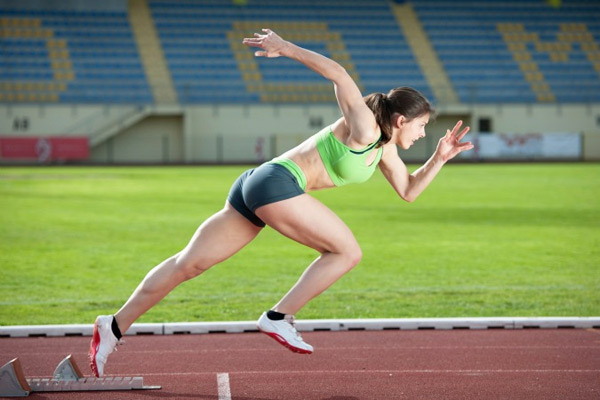
Barefoot Running
Find a smooth stretch on the beach, golf course, or football field. After you have warmed up by running for at least 10 to 20 minutes, take off your shoes and run barefoot for 10 to 20 minutes. You will be surprised at the workout your calves get when you run barefoot.
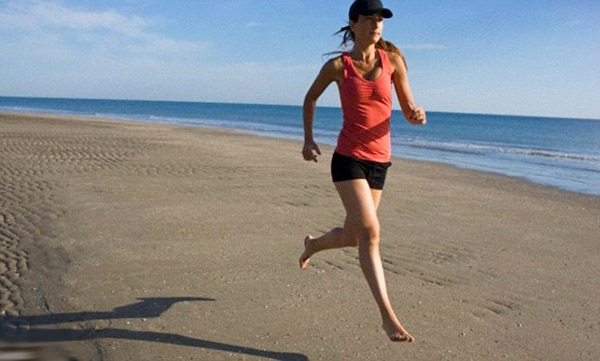
Jump Rope
Jumping rope forces you to stay on your toes, which works the calf muscles. Jump rope for 1 or 2 minutes as a warm-up before your daily workout of running, biking or swimming. Build up to 5 to 10 minutes of jumping.
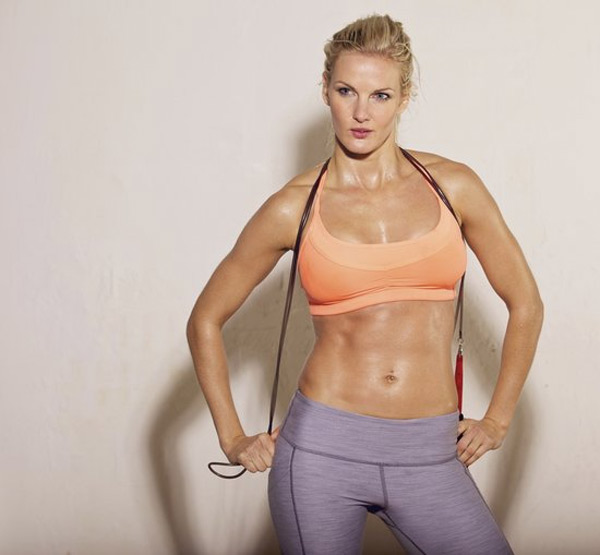
Leg Press
The leg press machine is mainly used to work the quadriceps, but with a simple tweak, it can work your calves too. Sit on the machine and put the balls of your feet at the bottom of the push plate, where your heels would normally be. Now push the plate using only your toes and the balls of your feet. You will most likely need a lighter weight because your calves are doing most of the work, not your quadriceps. Repeat 10 to 12 times on each foot and build up to three sets.
Disclaimer
The Content is not intended to be a substitute for professional medical advice, diagnosis, or treatment. Always seek the advice of your physician or other qualified health provider with any questions you may have regarding a medical condition.
